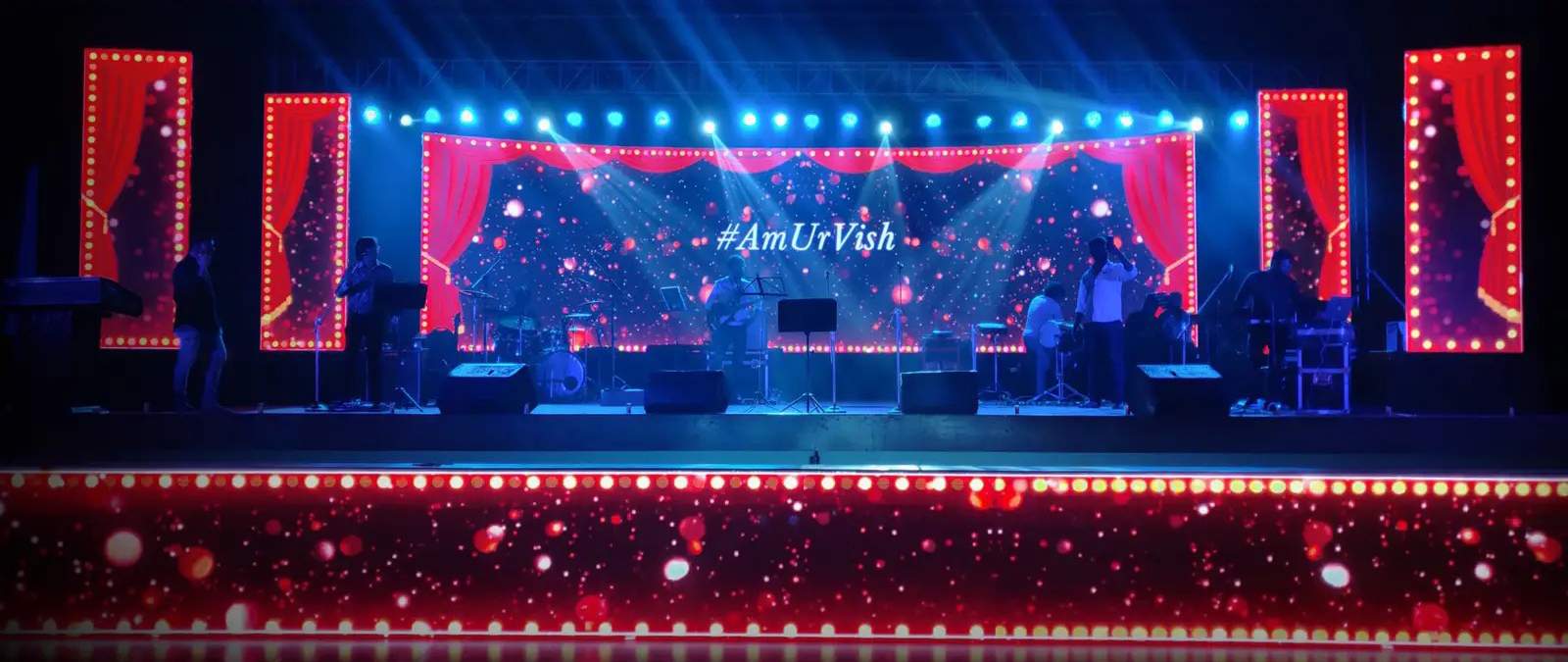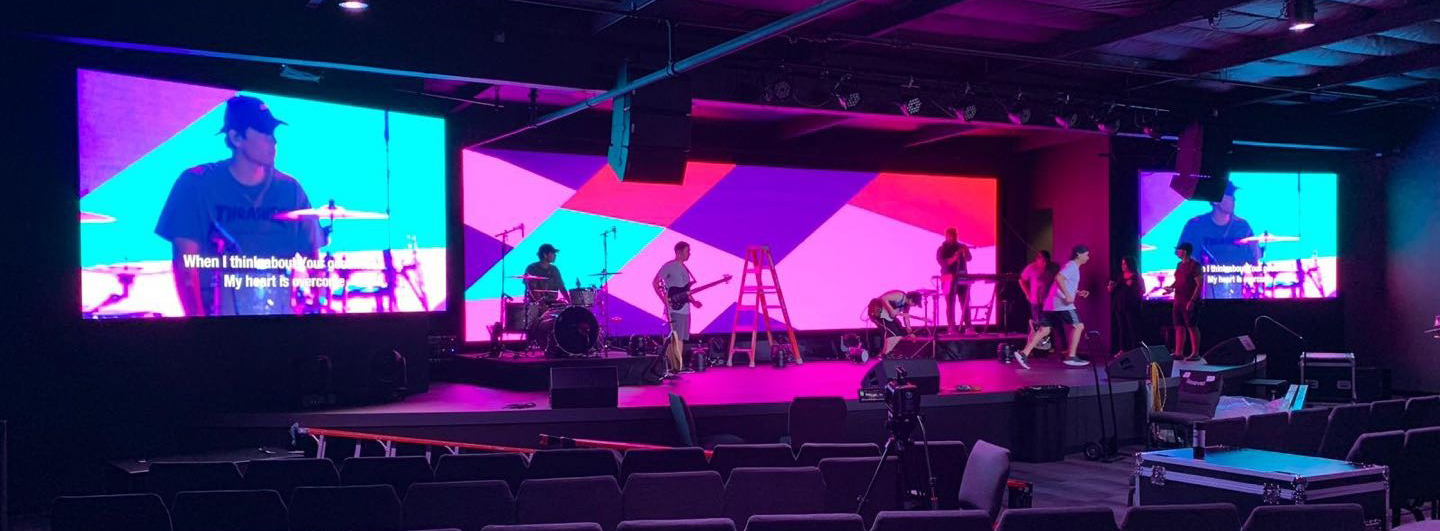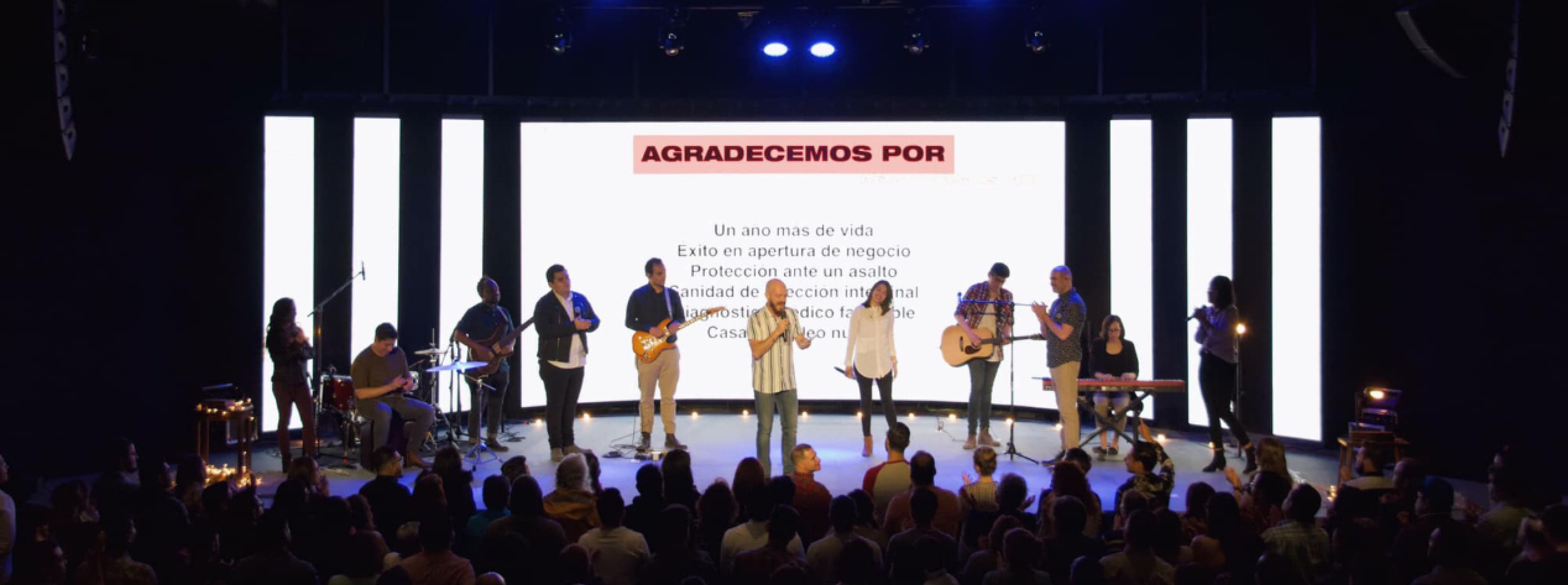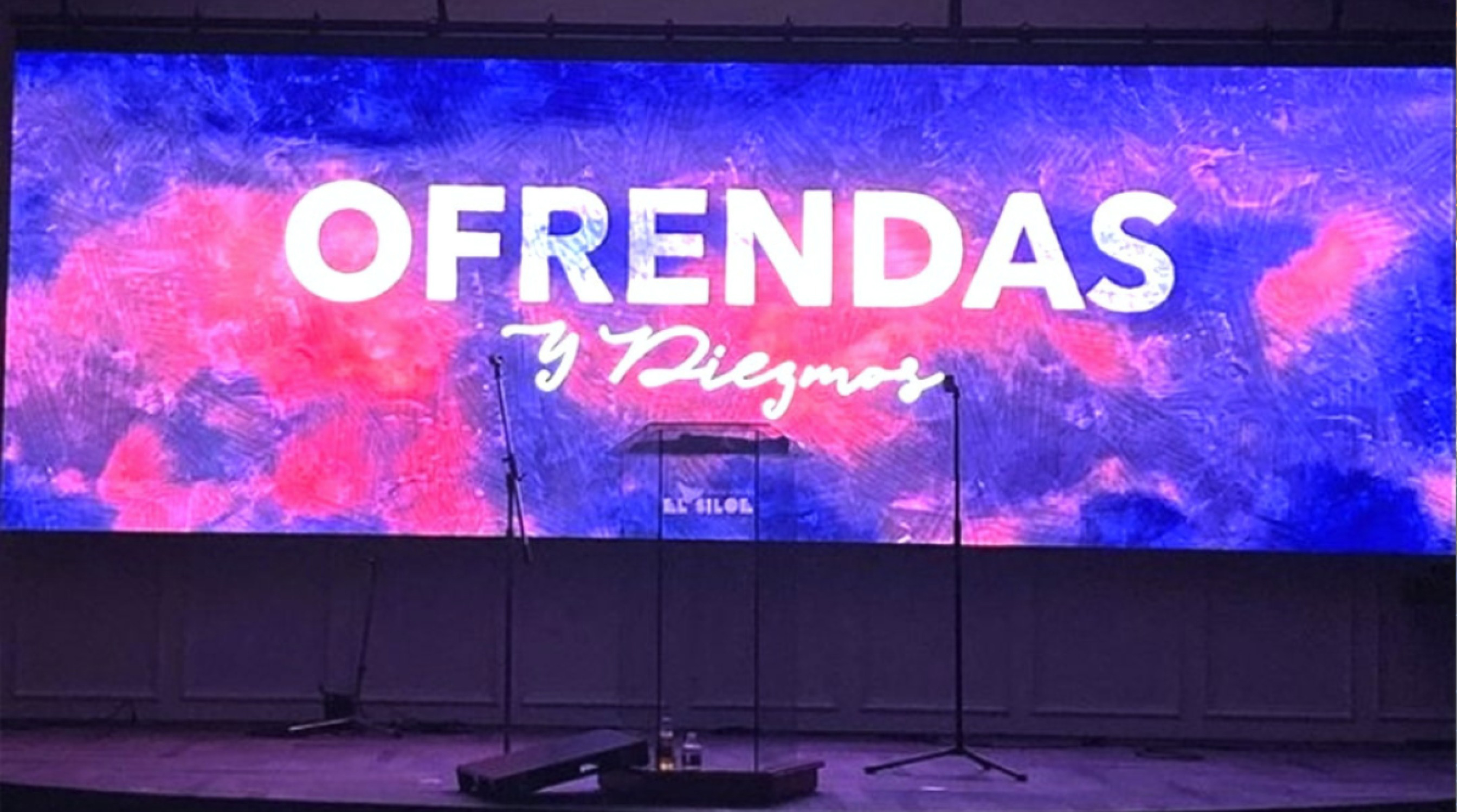
In today’s visually-driven events industry, the LED Stage Screen has become an indispensable tool for creating immersive experiences. From concert tours to corporate launches, understanding how to leverage stage LED screens effectively can transform ordinary productions into extraordinary spectacles. This deep-dive exploration covers everything from technical specifications to strategic implementation.
1. Exploring Types of LED Stage Screens
The evolution of stage screens has produced specialized solutions for every scenario. Indoor LED stage screens prioritize pixel density (P2-P4) with 1,200-nit brightness, ideal for theaters where audiences sit within 10 meters. Outdoor variants combat sunlight with 8,000-nit output and IP65-rated waterproofing – crucial for festivals battling rain or dust. Beyond flat panels, innovation thrives: curved led screen stage configurations wrap 270° around performers, while semi-transparent models enable haunting depth effects. For dynamic stages, modular stage LED screens with magnetic connectors allow real-time shape-shifting – imagine transforming a 5m×3m wall into overhead arches mid-performance.
2. Venue-Specific Screen Strategies
Matching LED Stage Screen types to venue architecture prevents visual overkill. Proscenium theaters benefit from ultra-fine P2.9 screens with <23dB noise levels, preserving acoustic clarity during dramatic monologues. Arena concerts demand rugged P6-P8 stage screens rated for 72-hour continuous operation, their 3,840Hz refresh rates eliminating camera banding in live broadcasts. Corporate events increasingly adopt hybrid setups – a 6mm-thick main led screen stage flanked by transparent side panels displaying branding slogans. Outdoor installations require structural ingenuity: wind-braced stage screens engineered to withstand 50mph gusts while maintaining sub-2mm panel alignment.
3. Anatomy of Modern LED Stage Screens
Understanding a LED Stage Screen’s components ensures informed decisions. Each cabinet contains:
Micro-LED chips: 0.2mm² SMD modules delivering 140° viewing angles
Signal processors: 8K video distribution across 512㎡ screens
Power systems: Dual 220V inputs with automatic failover
Cooling tech: Liquid-assisted silent cooling (<25dB)
The magic lies in seamless integration – a 100㎡ stage LED screen can deploy in 90 minutes using interlocking cabinets with ±0.1mm alignment tolerance. Modern rigging systems allow 15°-45° angled installations, enabling creative stage depth illusions.
4. Why LED Stage Screen Outperform Traditional Lighting
While conventional spotlights retain niche roles, led screen stage technology delivers unmatched versatility:
| Factor | LED Stage Screen | Traditional Lighting |
|---|---|---|
| Energy Use | 2.3kW/㎡ | 8.7kW/same sqm |
| Color Range | 16.7 million | 200 (with gels) |
| Setup Time | 1.5hrs/10㎡ | 3hrs/same effects |
| Content Flexibility | Real-time CGI changes | Fixed gobo patterns |
A Broadway study revealed stage screens reduced set change times by 73% while increasing audience engagement metrics by 58%.

5. Smart Procurement: Choosing Your LED Stage Screen
Selecting stage LED screens requires balancing technical needs with budget:
Pixel Pitch Formula:
Front Row Distance (meters) ÷ 2 = Recommended Pitch (mm)
Example: 8m viewing distance → P4 screen
Brightness Guidelines:
Indoor conferences: 800-1,200 nits
Outdoor daylight: 5,500-7,500 nits
Prioritize suppliers offering:
48 hours onsite support contracts
3 years warranty covering color decay
3D stage visualization software

6. Cost Analysis: LED Stage Screen Investments
A 50㎡ P4 led screen stage system typically breaks down as:
| Component | Cost Percentage | Key Features |
|---|---|---|
| LED Modules | 40% | 500,000-hour lifespan |
| Control System | 25% | 8K video processing |
| Structure | 20% | Aviation-grade aluminum |
| Installation | 15% | Certified rigging team |
Total Investment: 62,000−85,000
ROI Case: A Las Vegas nightclub recouped costs in 14 months through dynamic stage screen advertising between performances.
7. RTLED: Redefining Stage Screen Excellence
RTLED‘s R Series LED Stage Screens redefine reliability through patented engineering solutions, particularly suited for broadcast-grade productions and permanent installations.
Core Innovations:
7.1 HUB Hard-Link System
32-bit signal transmission protocol eliminates image tearing at 50m cable runs
Hot-swappable connectors enable <30s module replacement during live events
7.2 Dual Maintenance Access
Front-service design: 5° tilt mechanism for single-technician module swaps
Rear-access option: Tool-free cabinet removal in venues with >800mm back clearance
7.3 7680Hz Ultra-High Refresh Rate
Eliminates Moiré patterns in 8K HDR camera shoots (ISO 17850-1 certified)
Supports 240fps content playback for esports and F1 live simulations
7.4 COB LED Screen Advancements
2.6mm pixel pitch with 360° anti-collision protection
130cd/W luminous efficacy (35% higher than traditional SMD)
IP65 waterproof and dustproof,suitable for outdoor installation.
Real-World Validation:
The R series COB panels was deployed at the 2023 Mexico International Motor Show, operating at 7680Hz/24-bit color depth for 18 hours daily. Despite 42,000+ visitor interactions, the LED Stage Screen maintained:
0.003% pixel failure rate
<3°C temperature variance across 200㎡ surface
98.7% color uniformity post-7,000 hours

8. Conclusion
In summary, choosing the right LED stage screen requires balancing technical specs with practical needs. RTLED’s stage LED screen features, proven in events like auto shows and concerts, deliver consistent performance with under 0.01% failure rates. For long-term value, invest in screens built for real-world durability over flashy specs.
Post time: Mar-28-2025

